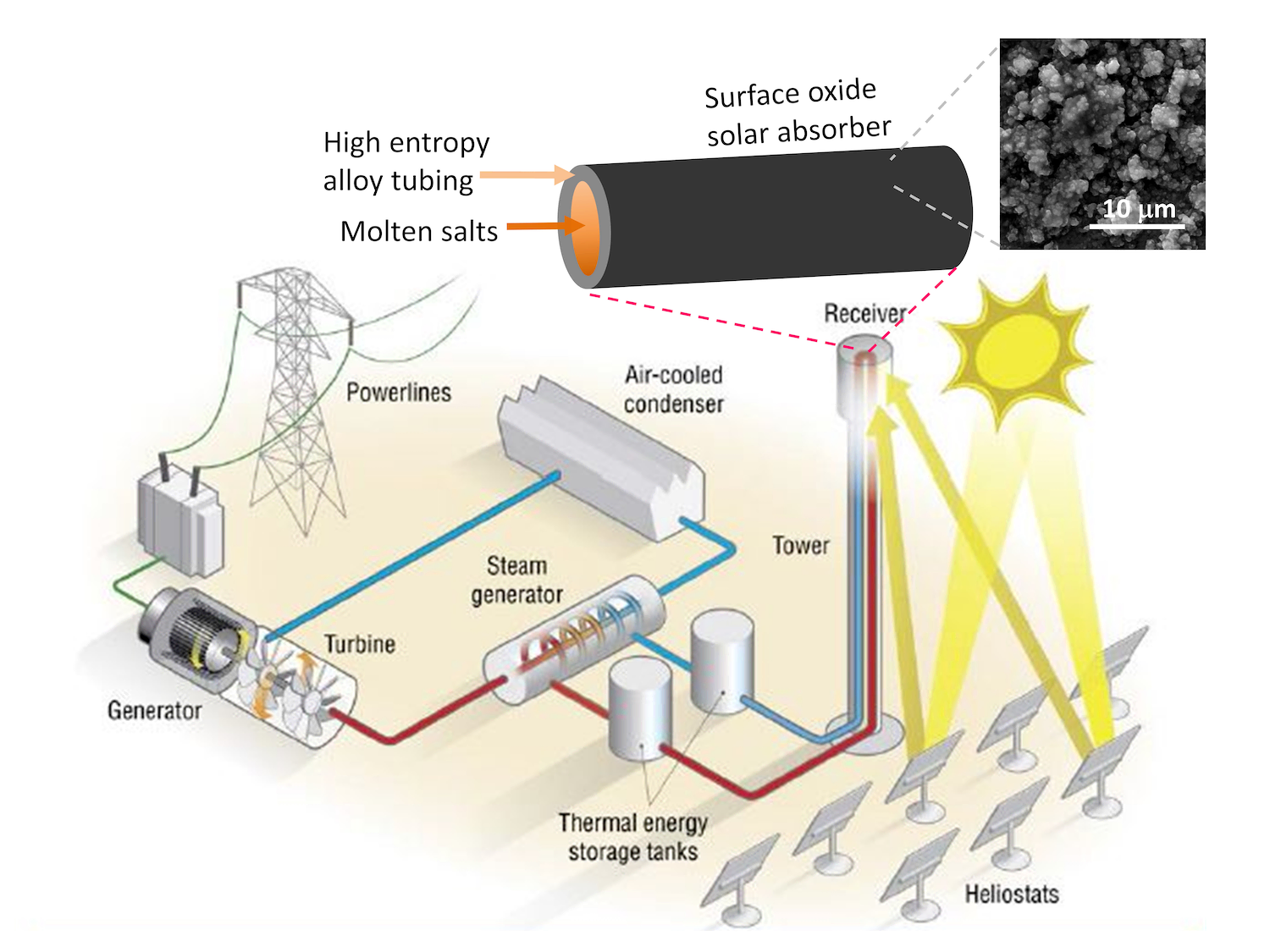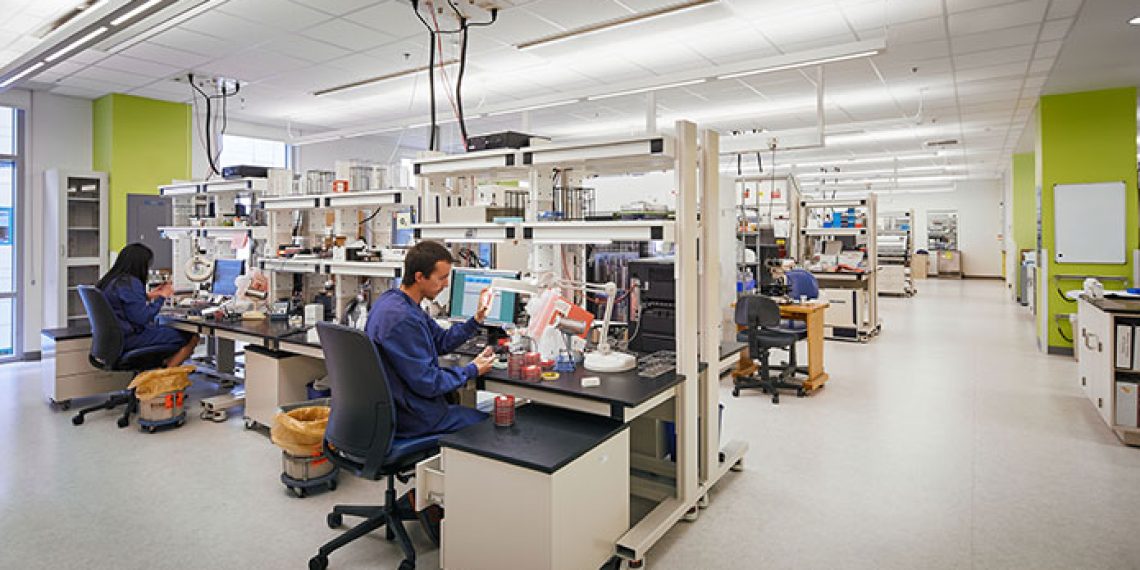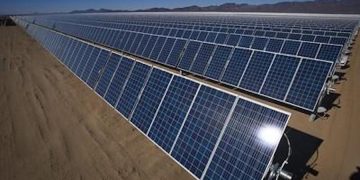This is one of thirty-one research projects being funded by the DOE, which will lead to various significant advancements to the renewables industry in the upcoming years.
Dartmouth’s engineering program has been working on new technology to improve the efficiency of solar power. Now, with the help of new funding, they are able to continue this research and contribute to the renewable industry. The U.S. Department of Energy has given them a three year $750,000 to continue the development of high-temperature tubing material for concentrated solar power systems. This system is using a patented alloy which Dartmouth has developed, and there is hope that this could both increase efficiency and decrease the cost of harnessing and storing solar energy.
As they continue with this research, Dartmouth’s engineers will be testing the potential of this high entropy alloy. It was created by combining more than five elements to act as a high efficiency solar thermal absorber when oxidized. This idea for application took place on accident in 2017 when Jifeng Liu, a Dartmouth engineering professor, was speaking with students about the high entropy alloy that fellow professor Ian Baker has developed. He then realized that this technology connected to his own personal research regarding solar absorbers through oxidizing the surface of the alloys. Dartmouth engineering students and professors have been working with the idea over the past three years to apply and improve this original realization.
“These FeMnNiAlCr HEAs are stronger and more ductile than stainless steel, have both better oxidation and corrosion resistance, and can be easily formed.”
Ian Baker; Liu’s co-PI on the grant
Liu has extensive knowledge of optoelectronic materials and continues to stress that this HEA is a less expensive alternative to the nickel-based high-temperature alloys that are commonly used in these solar power systems. It also shows impressive solar absorption and storage capacity for the heat derived from solar energy. As of now, the CSP systems have achieved 10 hours of storage which allows for energy to be stored during the day and used at night. With the rise in solar storage projects, this time frame is being expanded to make solar energy more reliable and sustainable.

Their next steps are going to be computationally mapping the material to predict outcomes and create a guide for the research. This will decrease the costs and time of typical lab experiments. The grant money will be funding this research for the next three years. As part of the federal Established Program to Stimulate Competitive Research, the DOE is contributing to university researchers such as Dartmouth for topics of common interest. In many cases, they are encouraging partnering with DOE National Laboratories to push this research further. Renewable energy is a major topic of development now, and many other schools could be looking at receiving similar grants.
With $21 million in funding being awarded to 31 research projects, the renewables industry should begin to see some significant changes in the upcoming future. This addition to solar storage receiving the needed support could be the first of many advancements in the sustainable energy industry from grant funding such as this. Companies and investors should remain on the lookout for technology like this for what it comes to the market.









